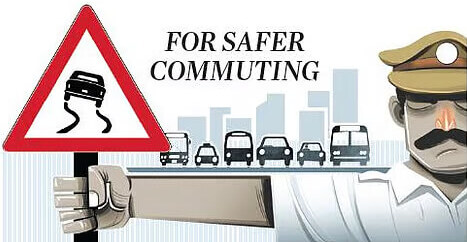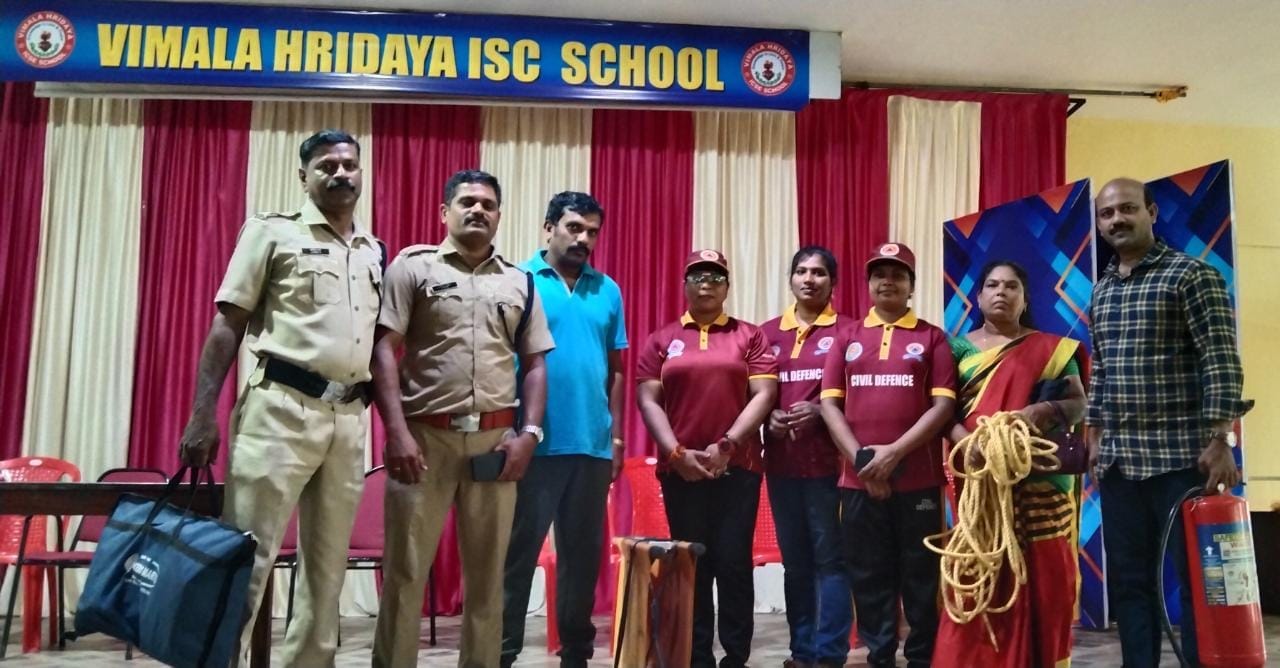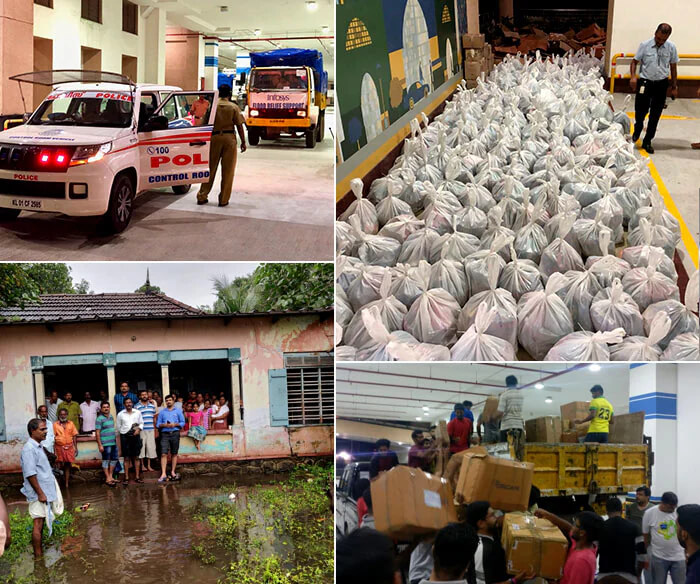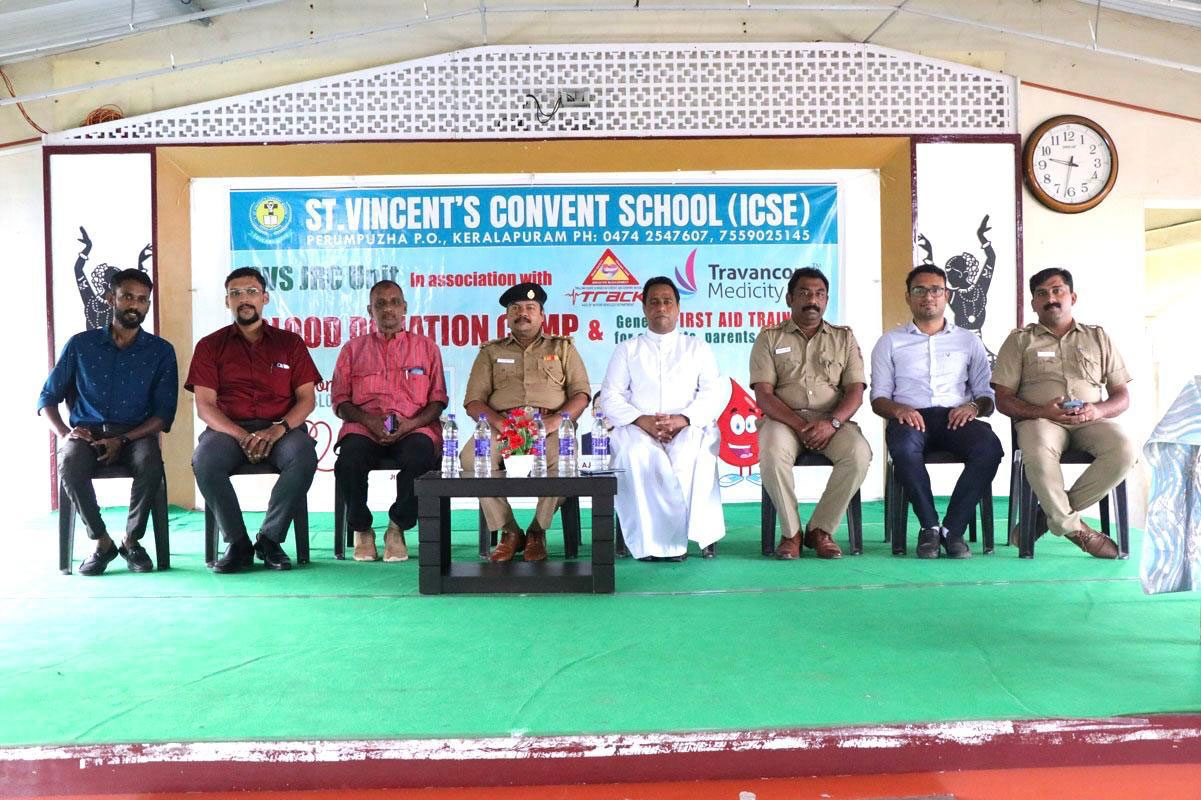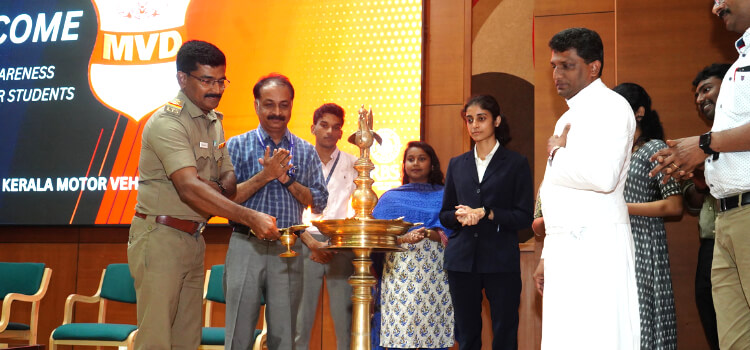Disaster Simulation Drills
Enhancing Community Preparedness and Response
Date: 28th April 2025
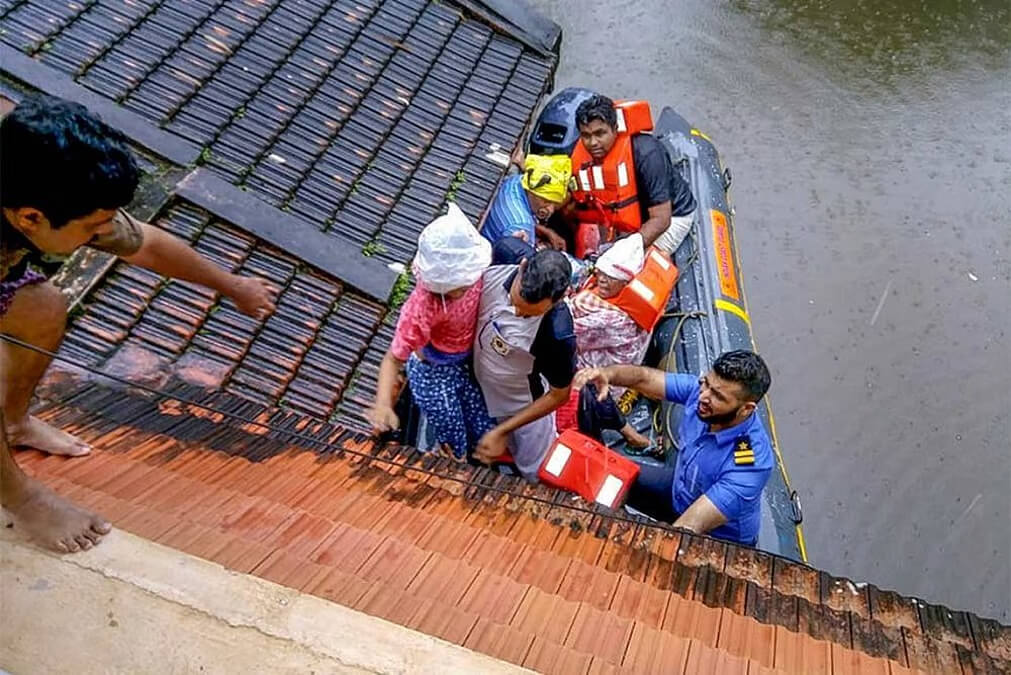
At Track MVD, we are committed to fostering resilient communities capable of effectively responding to unforeseen events. Our Disaster Simulation Drills are pivotal in achieving this goal, as they prepare citizens, emergency services, and volunteers to act swiftly and cohesively during actual disasters.
What Are Disaster Simulation Drills?
Disaster Simulation Drills, or SIMEX, are structured exercises designed to mimic real-life emergency scenarios. These drills test and refine the readiness of individuals and organizations to manage crises effectively. They serve as a platform to evaluate emergency procedures, coordination among agencies, and the overall response capabilities of a community .
Key Objectives of Our Drills
- Stress Testing Emergency Plans: By simulating various disaster scenarios, we assess the effectiveness of existing emergency plans and identify areas for improvement.
- Enhancing Coordination: These drills facilitate seamless collaboration between local authorities, emergency services, and community volunteers, ensuring a unified response during actual events.
- Building Community Resilience: Engaging citizens in realistic simulations empowers them with the knowledge and confidence to act appropriately in emergencies, thereby strengthening community resilience.
- Identifying Resource Gaps: The exercises help pinpoint deficiencies in resources, training, or communication systems, allowing for timely interventions to address these gaps.
Our Approach to Conducting Drills
In collaboration with local authorities, we organize comprehensive disaster simulation drills that encompass a range of scenarios, including natural disasters, road accidents, and public health emergencies. These drills involve:
- Tabletop Exercises: Facilitated discussions where participants review and discuss their roles and responses to hypothetical disaster situations.
- Field Drills: Live-action simulations conducted in real-world settings to practice and refine emergency response procedures.
- After-Action Reviews: Post-drill evaluations to analyze performance, discuss challenges faced, and develop strategies for improvement.
Global Best Practices
Our disaster simulation drills are informed by international guidelines and best practices. For instance, the World Health Organization (WHO) provides comprehensive resources on planning, conducting, and evaluating simulation exercises for public health emergencies . Additionally, the United Nations Office for Disaster Risk Reduction (UNDRR) offers detailed guidance on designing and implementing simulation exercises to enhance disaster preparedness .
Join Us in Strengthening Community Preparedness
We invite individuals, organizations, and local authorities to participate in our Disaster Simulation Drills. By engaging in these exercises, you contribute to building a safer and more resilient community. Together, we can ensure that when disaster strikes, we are prepared to respond effectively and minimize its impact.
